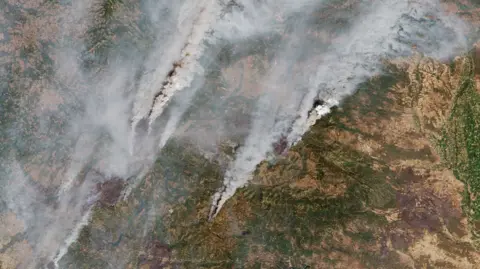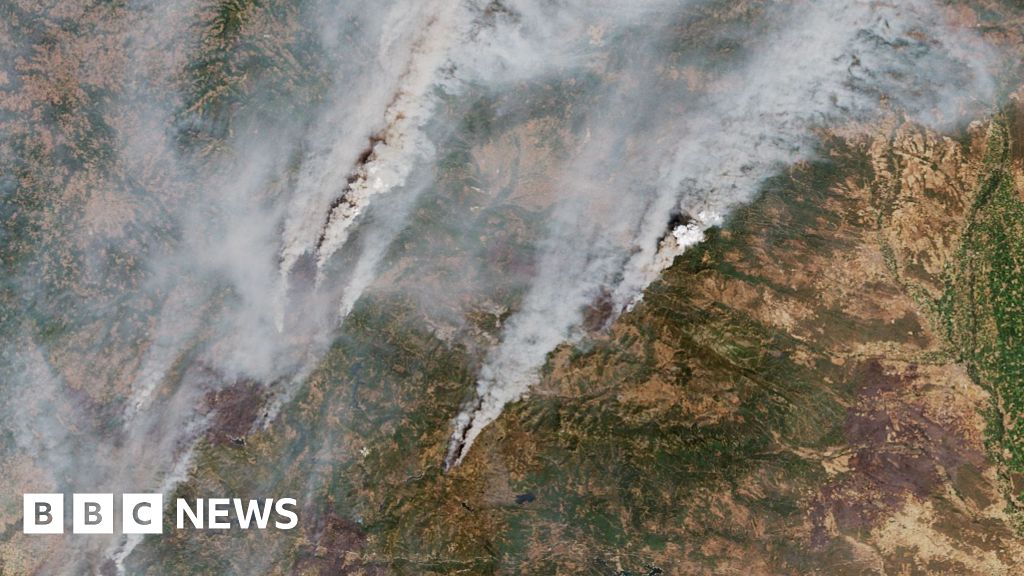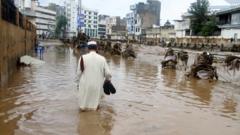Humans have barely skimmed the surface when it comes to understanding the deep ocean, as a new study indicates that we have visually documented only approximately 1,470 square miles—or a strikingly small 0.001 percent—of the deep seafloor. This area is slightly larger than Rhode Island and underscores the vast unexplored territories beneath the waves.
Published recently in the journal Science Advances, the report sheds light on the urgent need for further research amid rising debates on industrial mining of ocean floors for essential minerals. Many experts, including marine biologist Katy Croff Bell, whose organization, the Ocean Discovery League, prioritizes seafloor exploration, advocate for a cautious approach. “With so little known about the deep sea, acquiring more data is crucial for making informed decisions,” Ball stated.
Understanding the hidden depths is not just a scientific imperative; it is essential to document the drastic changes brought about by climate change and human activities in ocean habitats. As Bell pointed out, the prospect of the remaining 99.999 percent of uncharted waters fuels the excitement within the scientific community.
Documentation efforts began as early as the late 1950s with submersibles like the Trieste and Alvin, which opened doors to a myriad of new marine organisms and ecosystem interactions. Exploring these depths promises both ecological insight and the thrill of discovery, further motivating scientists to push the limits of our underwater knowledge.



















